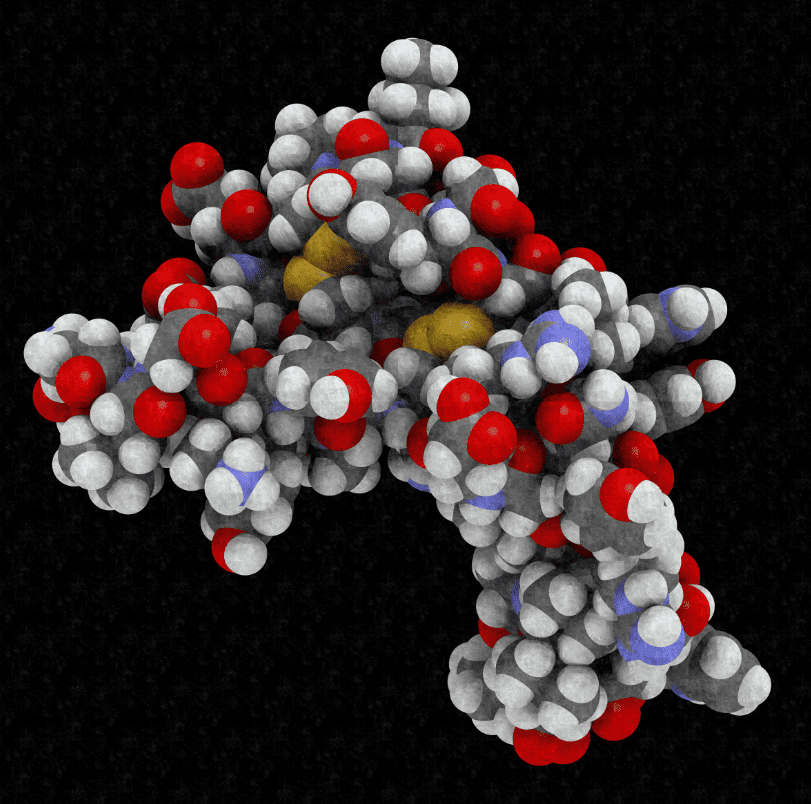There’s plenty that people can do to support cellular health—like eating well, getting good sleep, and exercising regularly. But a recent scientific breakthrough may offer another vital tool: redox signaling molecules.
Table of Contents
Redox signaling molecules is integral to normal physiology, cellular differentiation, and tissue regeneration. However, the accumulation of excess ROS generates oxidative stress that leads to biomolecule damage and disease.
On this post, let’s talk about redox signaling molecules – how it helps boost the immune function, enhance cellular communication and support healthy sleep.

Boosts Immune Function
What is redox? Redox signaling molecules act as cellular messengers and activate antioxidants stored in your body. They also boost cellular communication and promote a healthy immune system.
Cells produce and use ROS as necessary signals to regulate physiology, but excessive levels of ROS can lead to pathophysiological changes. Redox imbalances can be implicated in multiple hallmarks of aging, including inflammation, deregulated autophagy, bioenergetic failure, telomere attrition, oxidized DNA damage, and loss of proteostasis.

The Nrf2 pathway is crucial to the body’s defense against redox stress. However, its activity is often inhibited, resulting in elevated levels of systemic oxidative stress and systematic diseases.
Nrf2 activators such as sulforaphane and synthetic triterpenoids may offer new therapeutic strategies to address redox imbalances in various disease conditions. They may help to modulate aberrant ROS accumulation while leaving physiological signaling unaltered. These approaches will be valuable in the development of precision redox medicines.
Activates Antioxidants
Oxidative stress and dysregulated redox signaling are closely associated with the hallmarks of aging. Oxidants damage DNA, proteins, and lipids and inhibit many physiological pathways in tissue regeneration and cellular communication.
However, at optimal levels, ROS function as essential signaling molecules that promote cellular survival mechanisms, such as autophagy and apoptosis. Moreover, ROS regulates gene expression and activates multiple detoxification enzymes, such as glutathione-S-transferases (GSH-S) and thioredoxin (Trx).
When excessive ROS are produced, they can cause oxidative stress. To prevent this, cells have evolved a balanced system of antioxidants to neutralize excessive ROS and prevent the harmful effects of oxidative stress.
The antioxidant system comprises enzymatic and non-enzymatic antioxidants, including superoxide dismutase (SOD), catalase, glutathione peroxidases, gamma-glutamate cysteine ligase, thioredoxin, and NAD(P)H quinone oxidoreductase.
LifeForce fx is made with natural Vitamin C and sulfur to stimulate the body’s production of these redox-signaling molecules. In addition, sulfur helps to maintain the health of existing antioxidants.
Enhances Cellular Communication
In the cellular context, diverse ROS function as multifaceted physiological modulators to regulate intracellular redox signaling and sustain redox homeostasis. In contrast, aberrant redox imbalances promote aging processes associated with the onset and progression of various diseases.
These events include inflammation, cell proliferation, bioenergetic dysfunction, telomere attrition, proteasome dysfunction, deregulated autophagy, epigenetic alterations, and senescence.
In vivo experiments have shown that exogenous treatment of vascular smooth muscle cells (VSMCs) with different oxidant species induces different responses: superoxide induces growth, H2O2 inhibits proliferation and promotes apoptosis, and nitrotyrosine stimulates cell proliferation and suppresses apoptosis.
It indicates that redox balance, not the total amount of oxidants, is essential for normal cell functions. Consequently, the current paradigm of indiscriminate ROS scavenging to treat diseases has failed.
Further exploration of how diverse ROS regulate intracellular physiological signaling may allow us to develop precise redox medicines that modulate the aberrant accumulation of ROS in diseases without negatively impacting the physiological regulation of ROS in healthy tissues.

Redox Signaling Molecules – Supports Healthy Sleep
Mitochondria produce redox signaling molecules; when the body has enough of them, your cells can work as they were designed to. They help the body fight off oxidative stress and promote cellular health by supporting the cell’s ability to send messages and keep the system in homeostasis.
Redox systems are the basis of all cellular function and organization. The redox code integrates spatiotemporal sets of operational structures to support organism adaptation to changing conditions and environments.
The nicotinamide nucleotide (NAD and NADP) and thiol systems (protein thiols, glutathione [GSH], and associated disulfides) are two major metabolic pathways that exemplify the central logic of redox system organization.
LifeForce fx costs pennies a day and stimulates the natural production of these redox signaling molecules in your body with its combination of sulfur and natural vitamin C (organic lemon peel). Together, they create reduction-oxidation or redox pairs.
These redox pairs are what the body needs to create the powerful redox signaling molecules that boost immunity, encourage cellular repair, and support your ability to sleep.



